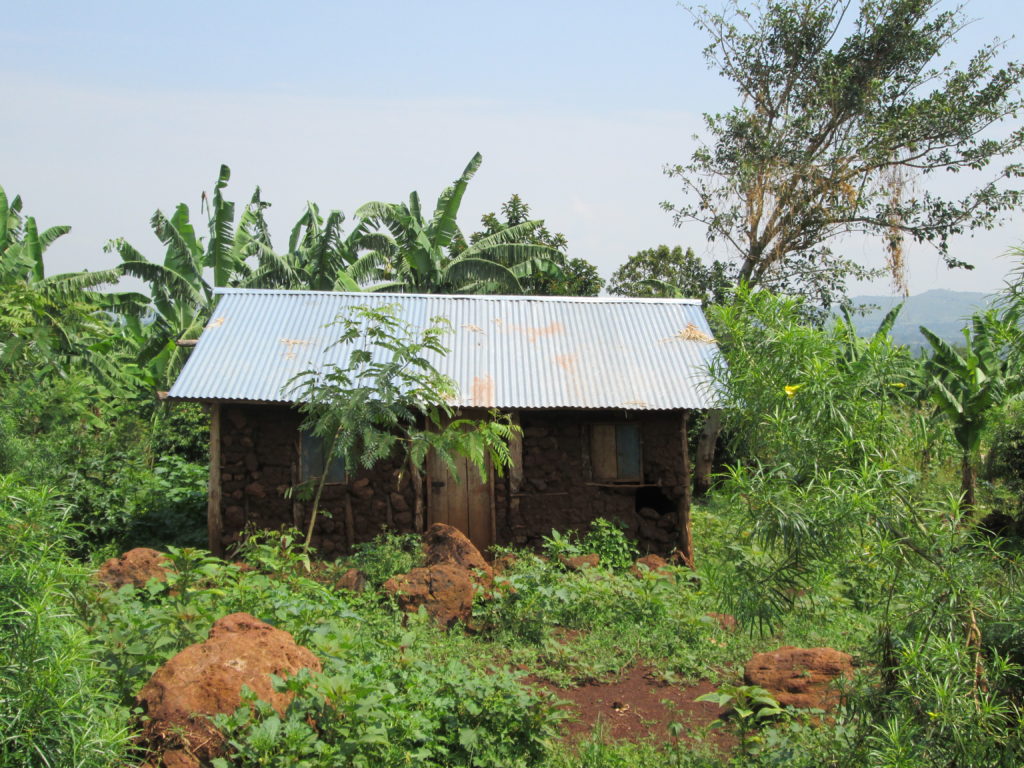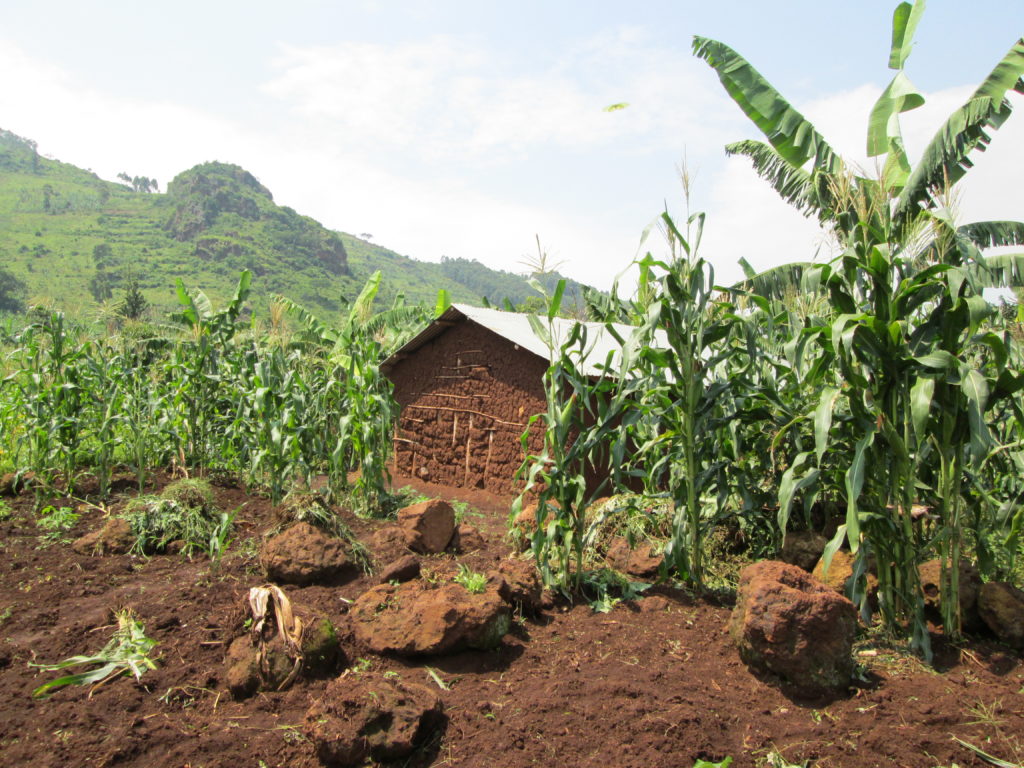This blog post is written by Stephen Hagerich, a British Red Cross worker who has been working in Uganda. This is the second installment of his account of the work done by Red Cross societies in response to flooding and landslides in Uganda. Read part one here.
Today we set out for Mbale and Manafa districts to visit those directly affected by the heavy rains. It was a 5 hour drive out of the congested Ugandan capital and through a dense rain forest. Away from the smell of diesel exhaust, burning trash and open sewers, the air in the forest which sits further north along lake Victoria was so sweet it nearly made our mouths water.
We stopped briefly to stretch our legs and I used the time to buy a pineapple muffin and some fragrant spiced tea to take with me. The sun had come out and we noticed fields of corn and banana trees knocked sideways from the recent rains.
Growing up near farms in Pennsylvania, I can easily identify with the familiar tassel-roped corn rows and remember a disappointing crop a few years ago when I tried growing it in my garden in England. The difference for me is gardening was just a hobby. People in Uganda rely on it to feed their families and earn an income. It is a reminder of the delayed impact of a disaster like this. When it is time to harvest there will be significant food shortages.
Continuing along, we swerved around a few goats and Ankole-Watusi (long horned Ugandan cattle) and made it to Mbale in time to meet with the local Red Cross volunteers in a circle of chairs under the trees. They have been aiding their community since the rains began in April. I interviewed each of them to learn more about how they responded to this emergency. It’s a small office – not more than a few buildings, so we found a quiet spot but had to often start over when we were interrupted by the roar of a loud truck or chickens on the ground next to me attacking my laptop.
The next day we went further out in the field up a long red earth road into the mountains. Our driver navigated muddy and narrow roads up steep inclines and through dense vegetation. When the road disappeared altogether, we got out and hiked through the corn rows and banana trees. At first I didn’t see the damage but then it became apparent what happened. Mount Elgon towered over us as we came to a mud hut that had large holes and what looked like a mound of earth in the front. The mounds were actually huge boulders that stormed down the hill during the heavy rains.
They easily could have killed a person. One resident not only showed us what remained of her home but took us to her ruined fields the once grew corn and bananas. A huge gorge was cut down the mountain and into the field. More boulders lay strewn in between short stalks of newly planted corn which will take some time to reestablish and produce any food.
Afraid to live near these channels which are sure to funnel more water to their homes, some have decided to relocate. Many have had to borrow money to rent and some would like to relocate with cash grants the Red Cross will be distributing next week.
Although transmitting money via mobile phones is common in this part of Arica, it is new to the Red Cross so we met with the community to give them a chance to ask questions. It’s hard to imagine this technology being used in a place where people are living in mud huts but many people in this remote location have access to cell phones, so this initiative will make it easier to distribute aid in a quick, safe and discrete way.


